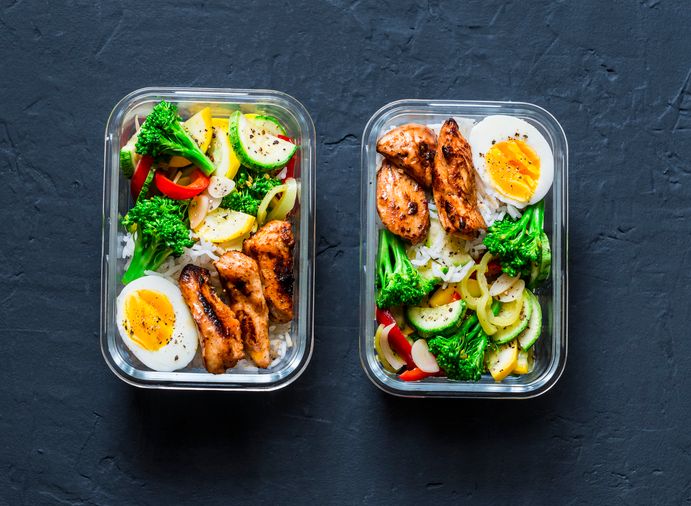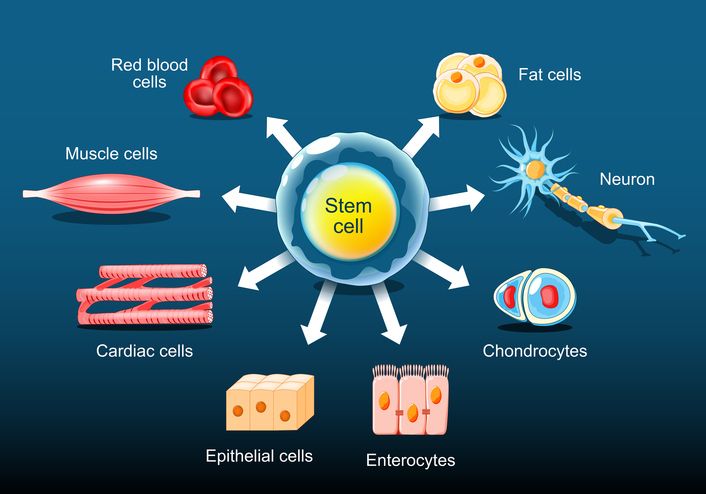

Book Now to Experience
S6 Body Sculpting Treatment
1 Minute Self-Registration
Date should not be before minimal date
Author: Natalie Ng|20 April 2025
Intermittent fasting focuses on when you eat, not just what you eat. Two of the most common approaches are the 16/8 and 18/6 methods — both fall under time-restricted eating and involve fasting for long hours while eating within a set window. The 16/8 method is popular because it’s simple — fast for 16 hours, eat within 8. Most people skip breakfast and stick to lunch and dinner. It’s easier to manage and works well for beginners. The 18/6 method stretches the fasting period to 18 hours with a 6-hour eating window. The longer fasting period may help burn more stored fat and improve insulin sensitivity, but it takes more adjustment. Both methods can support fat loss and better metabolic health. Keep reading to see how they differ and which one might suit your lifestyle best.

1
16/8 and 18/6: How Are They Different?

Basic Differences Between 16/8 and 18/6 Fasting:
16/8 Fasting: Easier to Start, More Social Flexibility
18/6 Fasting: Longer Fasting Period, More Effective For Fat Loss


2
Why Is 18/6 More Effective?

Metabolic Changes and Hormonal Impact
What Happens to Your Hormones and Metabolism During Fasting?
Change
16/8 Fasting
18/6 Fasting
Fat Burning (Fat Oxidation)
Moderate
Stronger and more sustained
Insulin Levels
Reduced for part of the day
Lower for longer, improving insulin sensitivity
Ketone Production
Mild increase
Higher, boosts fat burning and brain function
Autophagy (Cell Repair)
Some activation
More active, supports body repair
Growth Hormone Levels
Slight increase
Higher, helps protect muscle while losing fat
Why 18/6 May Offer More Fat Loss Benefits?
Read More

3
Guide to 16/8 and 18/6 Fasting (With Practical Examples and Food Recommendations)

16/8 Fasting:
18/6 Fasting:
What to Eat During Eating Windows (16/8 or 18/6)
What You Can Have During Fasting Hours


4
Tips To Implement Intermittent Fasting

1. Plan Your Meal Schedule Around Your Day
2. Manage Social Life Without Breaking Your Fast
3. Start Slow and Adjust Gradually

Book Now to Experience
S6 Body Sculpting Treatment
1 Minute Self-Registration
Date should not be before minimal date

5
Long Term Health Benefits of Fasting

1. Improved Insulin Sensitivity and Blood Sugar Regulation
2. Enhanced Fat Burning and Better Body Composition
3. Cellular Repair and Reduced Inflammation
4. Heart Health and Blood Pressure Control


6
Which Fasting Method Should You Choose?

1. Assess Your Daily Schedule and Eating Patterns
2. Check Your Physical Readiness and Fitness Goals
Physical Factor
14/10 Window
16/8 Window
18/6 Window
Energy Use
Mild fat burning
Moderate fat adaptation
Maximum fat utilization
Muscle Impact
Low risk
Maintains muscle
Higher muscle protection needs
Workout Performance
Easier
Manageable
May dip during adjustment
Fat Loss
Slow
Consistent
Strong fat burning
3. Think About Social Life and Meal Schedule Flexibility
So, Which Should You Start With?
Read More

7
How To Maximize Fat Loss?

1. Prioritize Nutrient Dense Foods and Protein Intake
2. Control Insulin Spikes and Support Blood Sugar Regulation
3. Align Your Eating Window with Your Body’s Natural Rhythm
4. Build Sustainable Fasting Habits


8
Enhance Your Fat Loss Results with S6 Body Sculpting Treatment

What is S6 Body Sculpting Treatment?
How Does S6 Body Sculpting Work?
Advantages of S6 Body Sculpting Treatment
Who is Suitable for S6 Body Sculpting Treatment?
How Many Sessions Do You Need?
Aftercare Tips
FAQ
Can I Take Supplements During My Fasting Window?
Like a careful gardener selecting the right time to water plants, you'll need to be strategic with your supplements during fasting. You can safely take electrolytes, creatine, water-soluble vitamins, and probiotics during your fasting window, but avoid BCAAs, protein powders, and gummy vitamins as they'll break your fast. Save fat-soluble vitamins and supplements requiring food for your eating window to guarantee proper absorption.
How Does Coffee or Tea Consumption Affect the Fasting Period?
Black coffee and tea won't break your fast, as they contain minimal calories, and they can actually enhance your fasting benefits. These beverages boost metabolism, suppress appetite, and improve mental clarity during fasting windows. However, you'll want to keep consumption moderate, as excessive caffeine may cause jitters, dehydration, or stomach issues. Stick to plain black coffee or unsweetened tea, avoiding any additives like milk, sugar, or sweeteners.
Is It Okay to Exercise While Fasting?
Like a car running on reserve fuel, your body adapts differently during fasted exercise. You can safely work out while fasting, but you'll need to monitor your intensity and duration carefully. Low to moderate-intensity activities work best, as they rely more on fat oxidation. Watch for signs of dizziness or fatigue, stay hydrated, and consider timing your workouts near your eating window to optimize performance and recovery.
Should I Gradually Transition From 16/8 to 18/6?
You'll benefit from a gradual shift to 18/6 fasting by incrementally extending your fasting window by 30 minutes every few days, allowing your body to adapt comfortably. This approach helps minimize potential side effects like increased hunger or fatigue while maintaining metabolic stability. If you experience significant discomfort, you can temporarily revert to 16/8, ensuring a sustainable progression that aligns with your body's adaptability.
Will Medications Break My Fast During the Fasting Window?
When it comes to breaking your fast, you're not out of the woods with medications. Most calorie-free medications won't disrupt your fasting window, including water-soluble vitamins and thyroid medications. However, sugar-coated pills, gummies, syrups, and supplements containing BCAAs can trigger insulin responses, breaking your fast. You'll need to time your food-dependent medications, like NSAIDs and antibiotics, during your eating window to maintain fasting benefits.

Book Now to Experience
S6 Body Sculpting Treatment
1 Minute Self-Registration
Date should not be before minimal date
Recommended Articles
COPYRIGHT© NEW BEAUTY MANAGEMENT LIMITED 2025. ALL RIGHT RESERVED.




